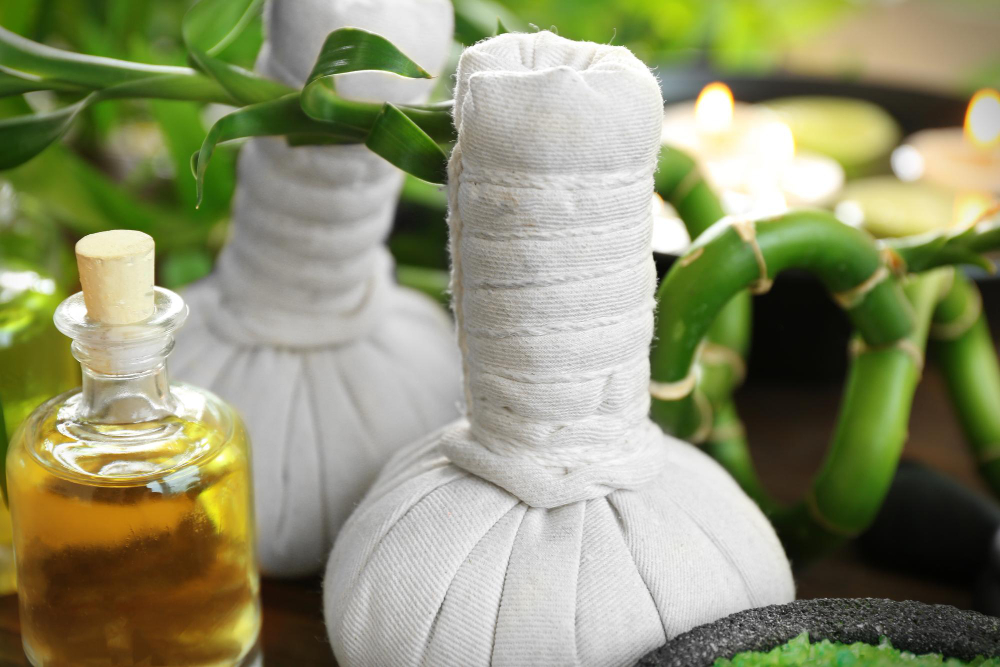What Toxins are Released After Massage Unveiling the Detoxification Process
Massage therapy is known for its numerous benefits, including relaxation, stress reduction, and relief from muscle tension. However, many people are unaware of the detoxification process that occurs during and after a massage session. As the body is manipulated and stimulated during massage, toxins that have accumulated in the muscles and tissues are released into the bloodstream for elimination. Understanding the toxins released after massage and the detoxification process can help individuals make informed decisions about their health and well-being. Let’s delve into the fascinating world of massage-induced detoxification and the toxins that are released as a result.
Eliminating Harmful Substances
Detoxification is a natural process by which the body eliminates toxins and waste products that can accumulate from environmental exposures, dietary choices, and metabolic processes. The liver, kidneys, lungs, skin, and lymphatic system all play crucial roles in detoxification, filtering out toxins and waste products and excreting them from the body through urine, feces, sweat, and breath. Massage therapy can support the body’s detoxification process by stimulating circulation, lymphatic drainage, and the elimination of toxins from the muscles and tissues.
Toxins Released During Massage
During a massage session, various toxins that have accumulated in the muscles and tissues may be released into the bloodstream for elimination. These toxins can include metabolic waste products, such as lactic acid and urea, which are byproducts of cellular metabolism. Additionally, environmental toxins, such as heavy metals, pesticides, and pollutants, may accumulate in the body over time and be released during massage. Other toxins released during massage may include inflammatory substances, such as cytokines and histamines, which contribute to pain, inflammation, and muscle tension.
Breaking Down Muscle Waste
One of the most well-known toxins released during massage is lactic acid, a byproduct of anaerobic metabolism that accumulates in the muscles during intense physical activity. Lactic acid can contribute to muscle fatigue, soreness, and stiffness, especially after strenuous exercise or prolonged periods of muscle tension. Massage therapy helps to break down lactic acid and other metabolic waste products, promoting circulation and lymphatic drainage to facilitate their elimination from the body. By reducing lactic acid buildup, massage can help relieve muscle soreness and fatigue and accelerate recovery after exercise.
Eliminating Nitrogenous Waste
Urea is another waste product that may be released during massage as a result of cellular metabolism. Urea is produced in the liver from the breakdown of proteins and is excreted from the body through urine. During massage, circulation and lymphatic drainage are stimulated, allowing urea and other nitrogenous waste products to be transported from the muscles and tissues to the kidneys for elimination. By promoting the excretion of urea and other waste products, massage therapy supports the body’s natural detoxification process and helps maintain optimal kidney function.
Releasing Environmental Toxins
Environmental toxins, such as heavy metals like lead, mercury, and cadmium, can accumulate in the body over time from sources such as air pollution, contaminated water, and food additives. These heavy metals can have harmful effects on health, including neurotoxicity, cardiovascular disease, and impaired immune function. Massage therapy can help release stored heavy metals from the muscles and tissues, allowing them to be eliminated from the body through urine, sweat, and bile. By reducing the body’s burden of heavy metals, massage therapy supports detoxification and promotes overall health and well-being.
Alleviating Pain and Inflammation
Inflammatory substances, such as cytokines, prostaglandins, and histamines, are released in response to tissue damage, injury, or infection, contributing to pain, inflammation, and swelling. Massage therapy can help reduce the levels of inflammatory substances in the body by promoting circulation, lymphatic drainage, and the release of endorphins and other natural pain-relieving compounds. By reducing inflammation, massage therapy can help alleviate pain, improve mobility, and enhance overall comfort and well-being.
Harnessing the Power of Massage-Induced Detoxification
Massage therapy offers numerous benefits beyond relaxation and stress relief, including supporting the body’s natural detoxification process. By stimulating circulation, lymphatic drainage, and the elimination of toxins from the muscles and tissues, massage therapy helps release metabolic waste products, environmental toxins, and inflammatory substances from the body for elimination. Understanding the toxins released during massage and the detoxification process can help individuals make informed choices about incorporating massage therapy into their health and wellness routine. Embrace the power of massage-induced detoxification and experience the rejuvenating effects of this ancient healing art on body, mind, and spirit.
